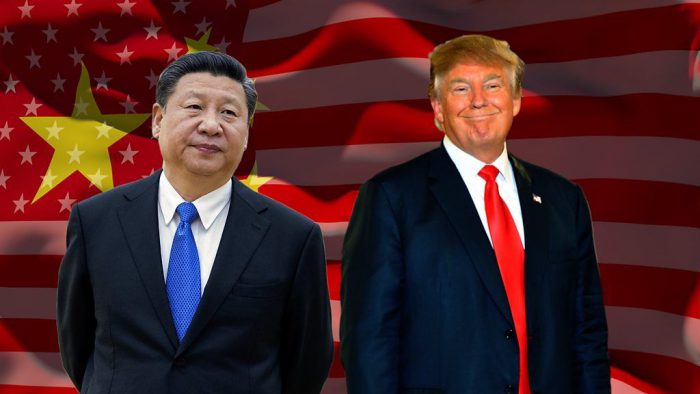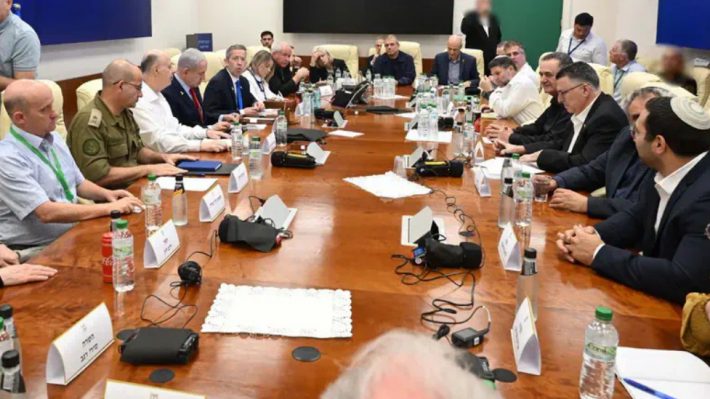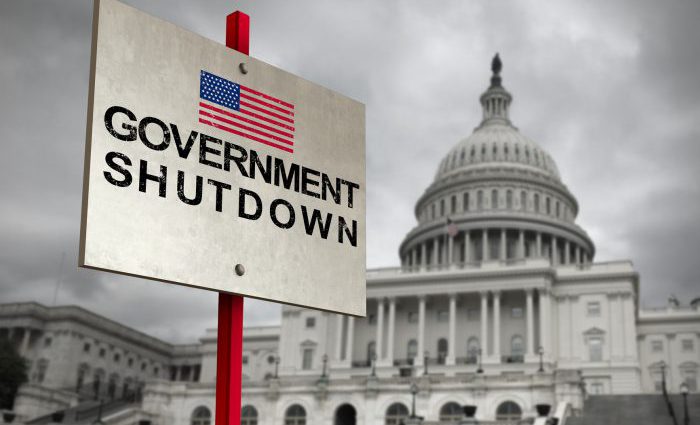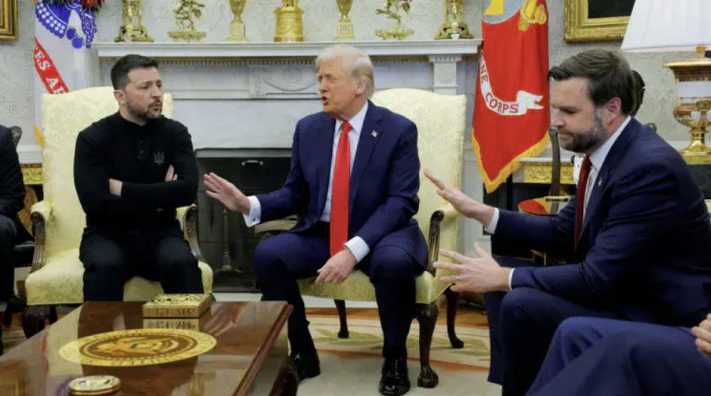Beijing clinches a sweeping upgrade to its ASEAN trade pact to offset Trump’s tariffs, even as Southeast Asia eyes China’s rising military aggression.
In a high-stakes geopolitical move, China and the Association of Southeast Asian Nations (ASEAN) signed an upgraded Free Trade Agreement (FTA 3.0) on October 28, 2025, expanding cooperation into digital, green, and high-tech industries. The deal underscores Beijing’s strategic effort to tighten economic ties across Southeast Asia as it braces for escalating U.S. tariffs under President Donald Trump’s second-term trade offensive.
The 11-member ASEAN bloc, representing a combined $3.8 trillion GDP, remains China’s largest trading partner, with bilateral trade reaching $771 billion in 2024, according to official ASEAN data.
Speaking at the leaders’ summit in Malaysia, Chinese Premier Li Qiang urged for “accelerated trade and investment liberalization” and stronger “industrial interdependence” — remarks widely interpreted as a bid to counter Trump’s tariff regime that has struck China and other export-heavy economies.
The upgraded pact, dubbed FTA 3.0, builds upon the original 2010 agreement and introduces new frameworks for cooperation in agriculture, pharmaceuticals, and digital commerce. It also promises to reduce trade barriers and boost supply chain resilience, according to Singapore’s Prime Minister Lawrence Wong, who praised the pact for “unlocking future growth opportunities.”
However, China’s claim of openness rings hollow, as it continues to expand export controls on rare earth minerals — a move that has rattled major economies reliant on these critical resources for defense and technology.
The signing, attended by President Donald Trump during his Asia tour, follows months of tense trade negotiations that concluded in May 2025, shortly after Trump’s new wave of tariffs disrupted global supply chains.
Both ASEAN and China are also part of the Regional Comprehensive Economic Partnership (RCEP), the world’s largest trading bloc, encompassing nearly 30% of global GDP. Yet analysts warn that RCEP’s weak enforcement and internal divisions could limit its ability to shield the region from U.S. trade pressure.
While Beijing celebrated its economic win, the summit’s atmosphere was clouded by mounting tensions in the South China Sea. Philippine President Ferdinand Marcos Jr. accused China of “brazen aggression”, citing recent naval confrontations. The Philippines will assume ASEAN’s chairmanship in 2026 — a shift likely to intensify scrutiny of China’s military expansionism in regional waters.
As the summit concluded, Malaysian Prime Minister Anwar Ibrahim symbolically handed the ASEAN gavel to Marcos Jr., marking a transition from economic focus to territorial vigilance.
For now, China’s trade diplomacy has scored a short-term victory — but its militarism and resource control continue to erode the trust of neighbors wary of falling under Beijing’s shadow.





